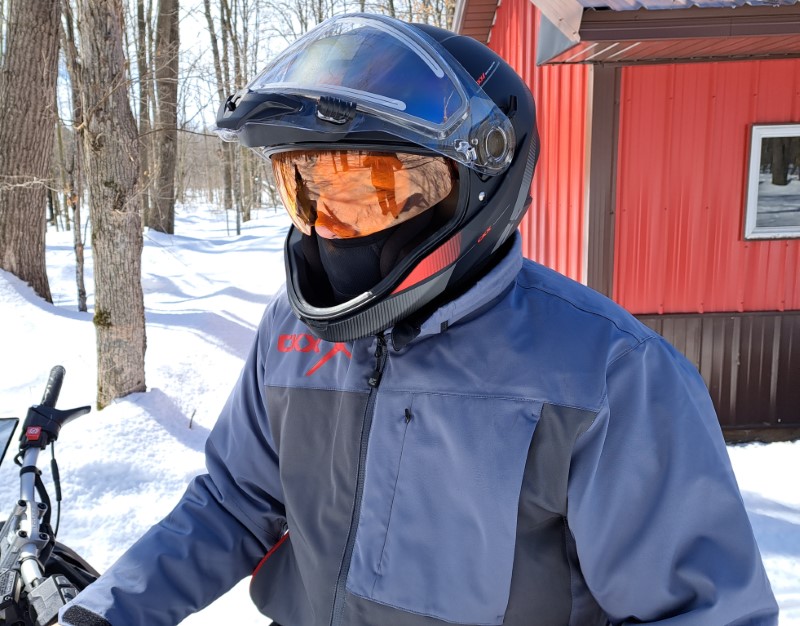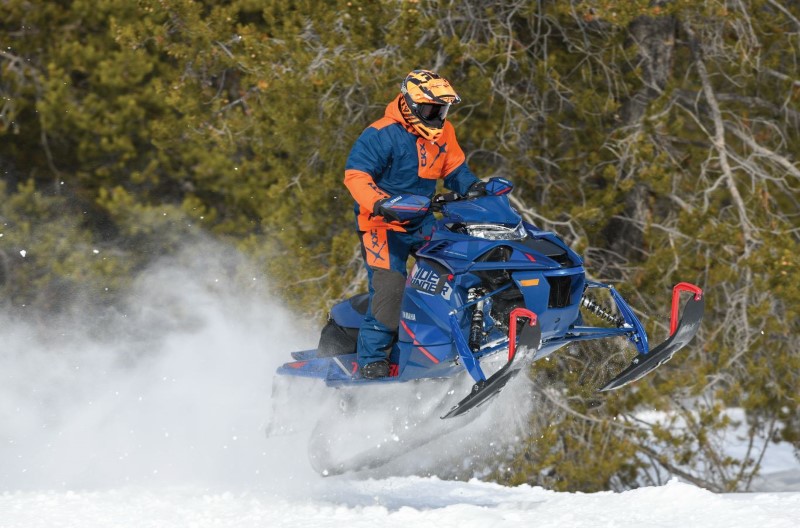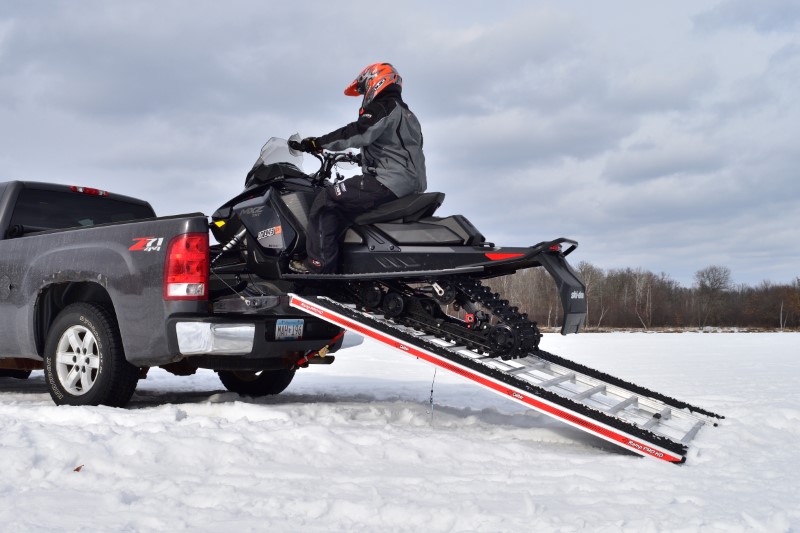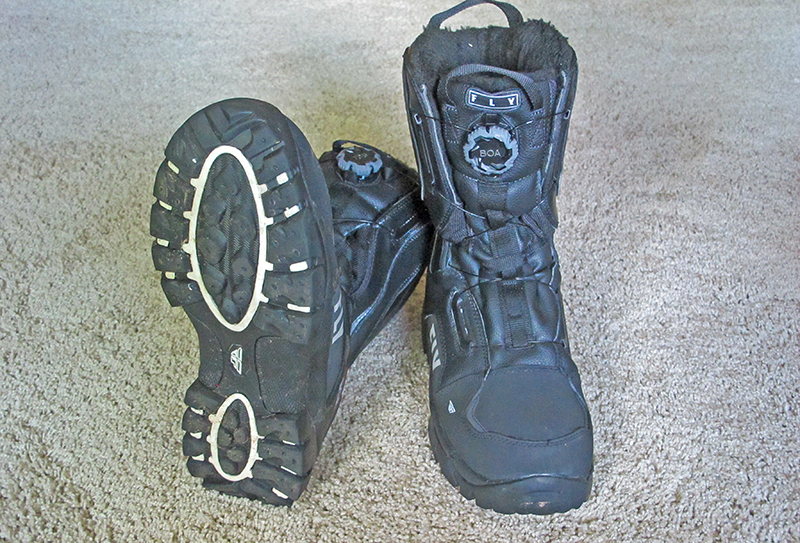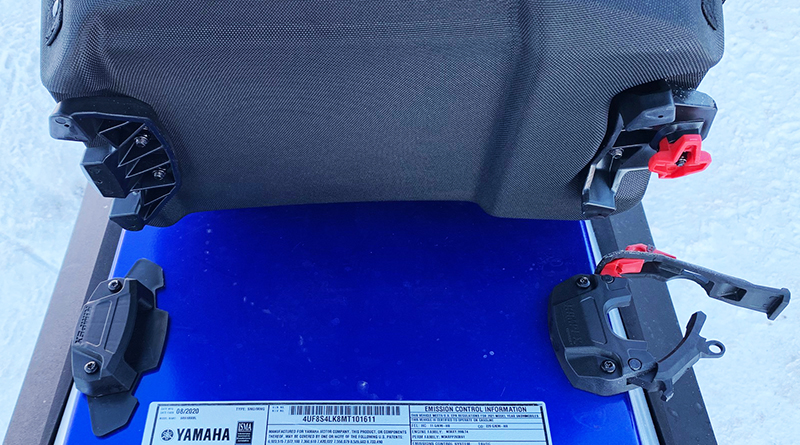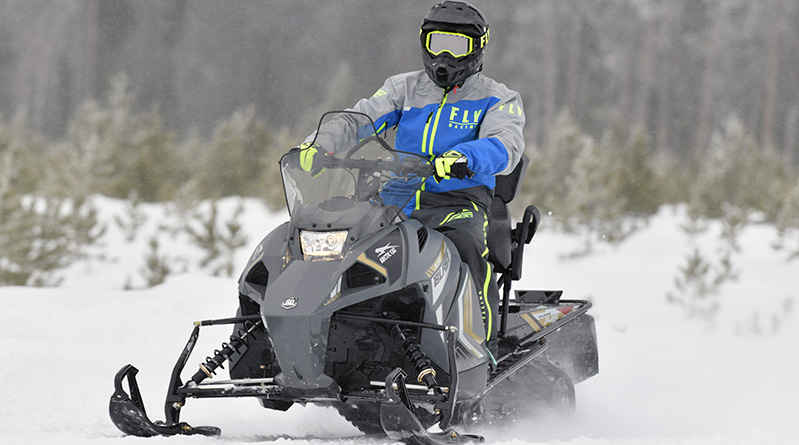
Tuning a snowmobile’s suspension can sometimes be a remarkably complex and expensive venture.
Shocks can be revalved to suit a driver’s weight and riding style, plus the shocks might be equipped with external adjustability to control compression and rebound damping. In addition, the coil-over spring set-up might have a single, dual or even triple rate. Plus, those springs can be independently tuned to adjust how far into the shock stroke each spring takes effect – phew!
Fortunately for people who want a simple, low-cost approach to suspension tuning, Biteharder has a unique option: PolyTune Suspension Rings. The lightweight polyurethane rings are made from a strange, foamy/rubbery material and fit between the spring coils. I installed a set on my 2015 Polaris 600 Indy SP last winter to try their NASCAR-style approach to spring tuning.
PolyTune rings are available in four different height configurations, so before ordering it’s necessary to measure the space between the spring coils on your sled’s front suspension. Biteharder offers the rings in three levels of firmness. Soft rings are designed to provide moderately paced riders with better overall control of their machines and medium rings are for moderate to aggressive riders who want “more performance” in the corners and bumps, Biteharder says.
Hard rings, meanwhile, are for aggressive riders who “demand fast corners and enjoys the bumps.” Therefore, I ordered the hard rings, assuming they would represent the starkest contrast to my sled’s shock and spring set-up, and thus make it easier for me to evaluate their effect.

I had swapped my sled’s stock, 80-pound rate ski springs for a set of 100-pound rate springs earlier in the season to reduce body roll and sharpen my sled’s handling. The downside to the stiffer springs, however, was that inside ski lift became more prevalent. After installing the PolyTune rings, the sled cornered flatter while maintaining a firm, precise feel through high-speed turns that I enjoy.
Surprisingly, the PolyTune rings didn’t significantly change how the suspension dampened bumps. There were several instances when I hit sharp-edged moguls or frozen embankments while clipping along at a fast rate, but the front suspension absorbed the impacts without sending energy through the chassis and into my wrists.
However, compared to taking similar impacts when the sled was not equipped with PolyTune rings, the nose of the sled seemed more prone to go skyward than when it had the aftermarket part on the springs. Bump compliance was good, so the front end could maintain traction for excellent handling over rough trails.
Editor’s Note: Every issue of Snow Goer magazine includes in-depth sled reports and comparisons, aftermarket gear and accessories reviews, riding destination articles, do-it-yourself repair information, snowmobile technology and more! Subscribe to Snow Goer now to receive issues delivered to your door 6 times per year for a low cost.

